The world of fashion seems mysterious from the outside, but certain common themes remain consistent. Trends are sometimes dictated by colors or fabrics, but most of the time, they’re inspired by social happenings or famous figures who invite people to look like them. The Virgin Mary is an example for women in every way, and fashion has taken inspiration from her for centuries.
In the past, when there were no magazines or Internet, queens dictated fashion and were a reference for style. It was only natural that many tried to resemble iconography of the Virgin, who is also called “Queen of Heaven and Earth.”
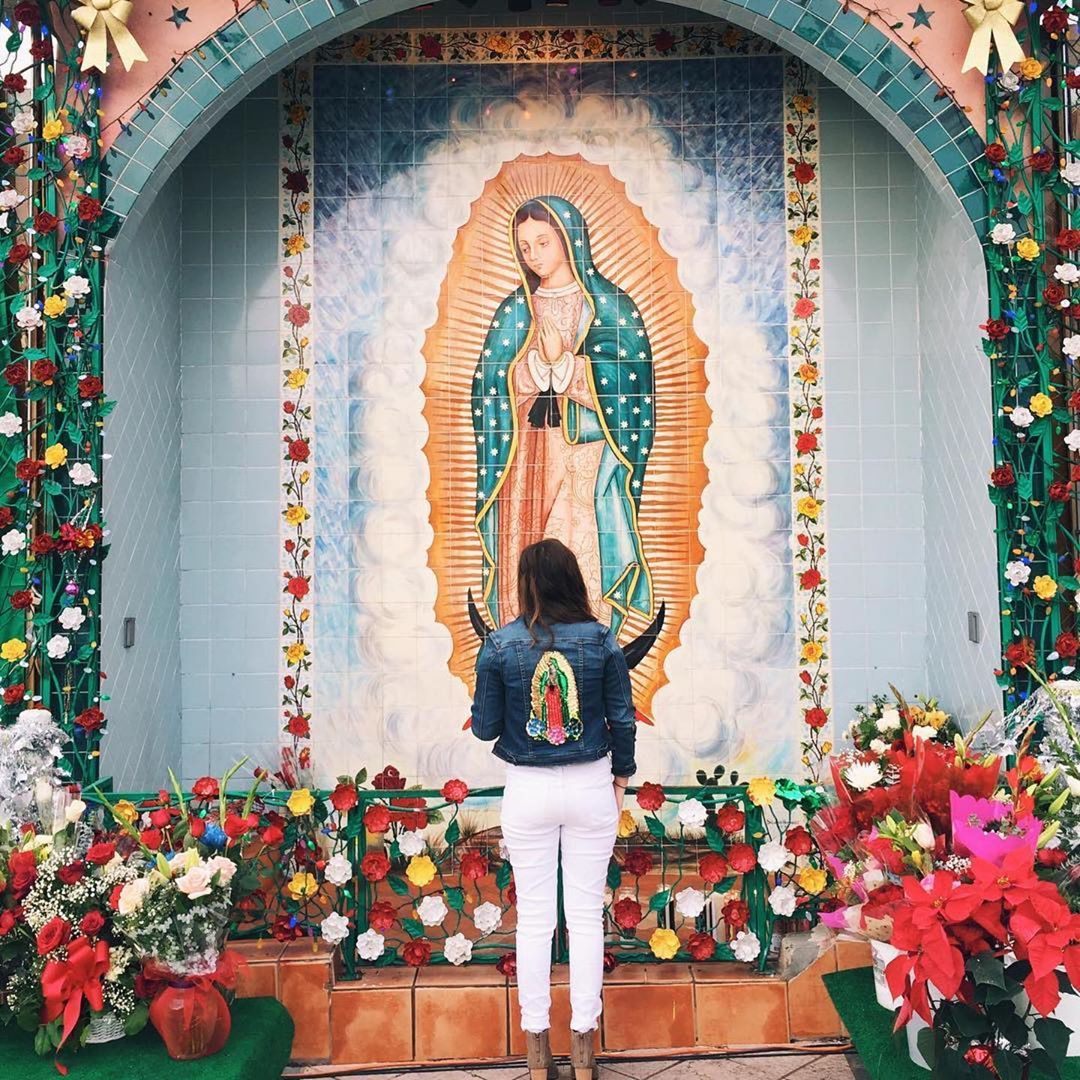
The age of kings and queens in Christendom, however, is long gone. Although the Virgin continues to be a source of inspiration for renowned designers and firms, even in the most literal and obvious ways, the meaning (and the intention behind it) is no longer the same.
The most iconic example, without a doubt, would be the Dolce & Gabbana duo, who always include the Madonna in their prints. Other designers have done the same, such as Jean Paul Gaultier, Alexander McQueen, Christopher Kane and, more recently in Spain, La Joie, an accessory brand that even defines its products as “unique sacred treasures,” created by Ana Horcajo de Miguel.
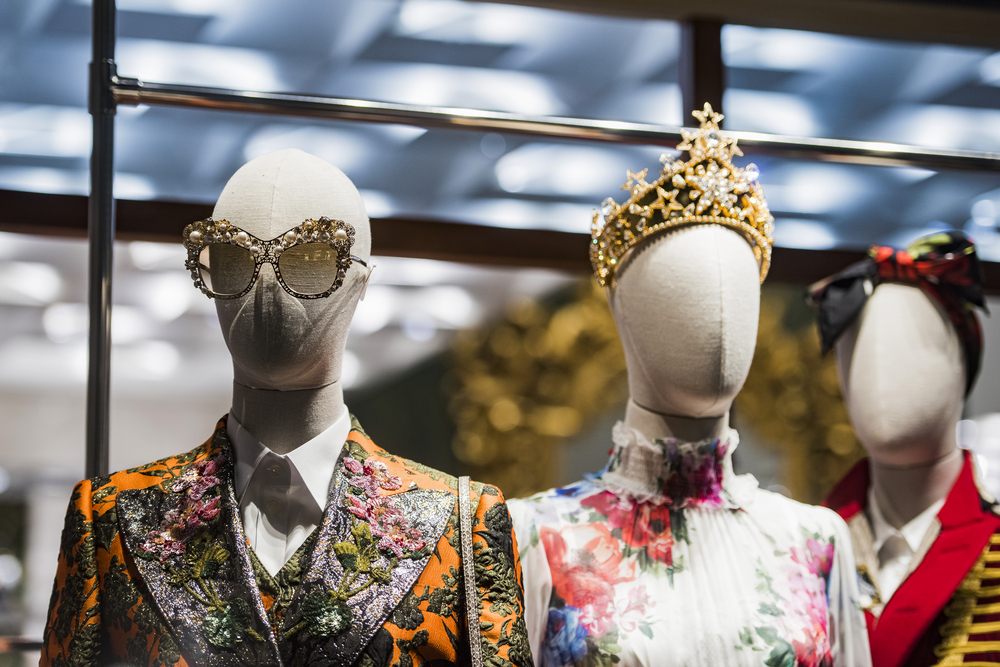
But to what extent is it really a homage to the Virgin? What’s the relationship between these creators and the Blessed Mother? Is there a message behind the merchandise? Is it right to profit from the sale of her image? Is it the same mistake as those who sell holy cards, medals, and sculptures?
The difference lies in the purpose of the image and the meaning we give to it. It matters how we transfer the imagery from churches and altars (including homemade ones), to display cases, websites and catwalks. Just as we shouldn’t use a little medal as if it were an amulet, I don’t consider it appropriate to use the Virgin as a pop icon without any real devotion to her. It’s not right to act as if she were a Hollywood singer or actress, only valuable for her “visual splendor” (such as we see in Byzantine iconography especially) and without considering her sacred character.
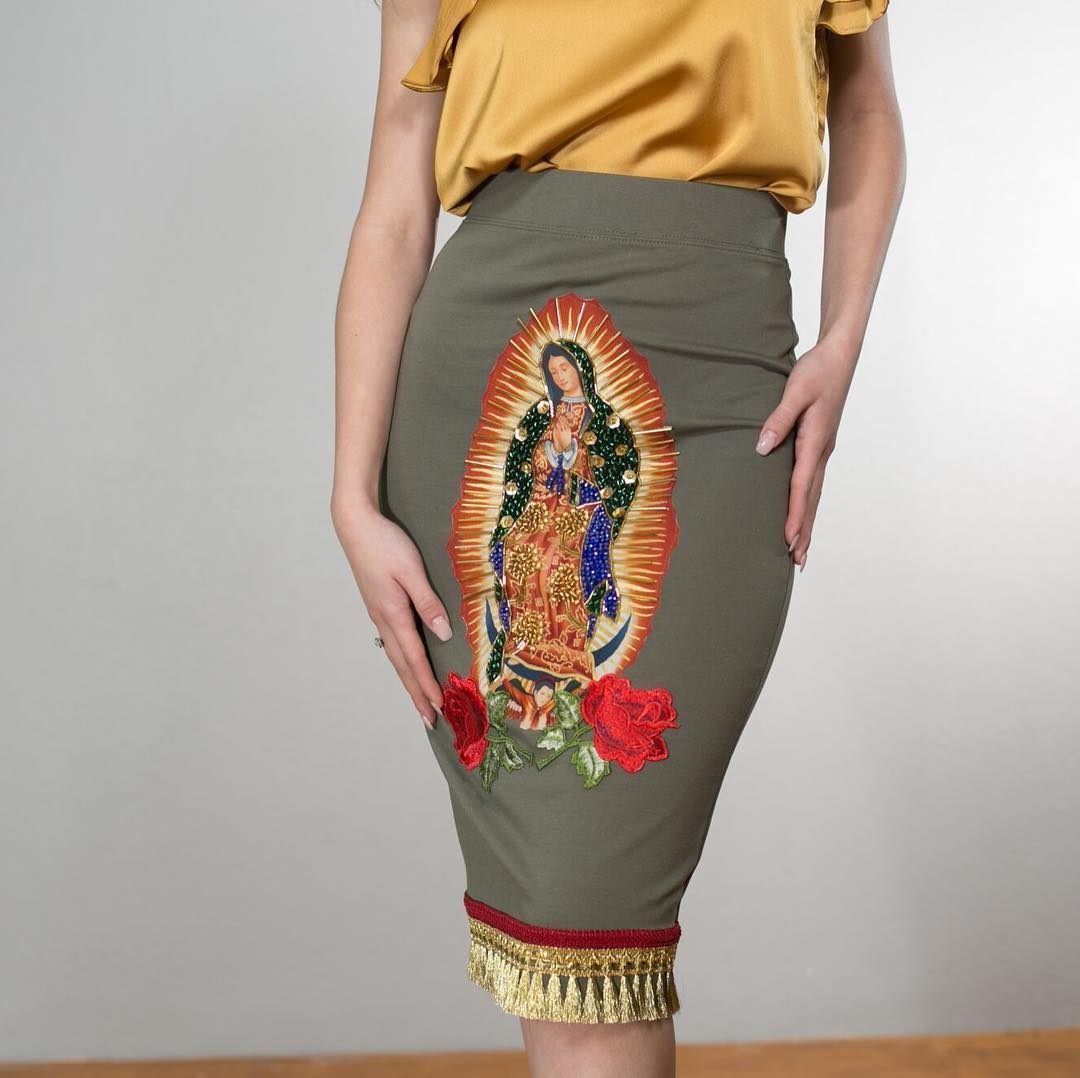
In fact, with a few exceptions, most of these brands don’t even include any description or message on their labels. In the worst cases, they themselves are not devoted to, or even unaware of, the names or stories behind the devotional images they include on their products. In other words, a religious image is used to create merchandise; it is used to make money without reference to its meaning.
There’s also the matter of whether the design is appropriate. A Virgin Mary bedazzled with colored rhinestones, surrounded by leopard print or in fluorescent tones, is far from the message of simplicity and humility of Jesus’ Mother.
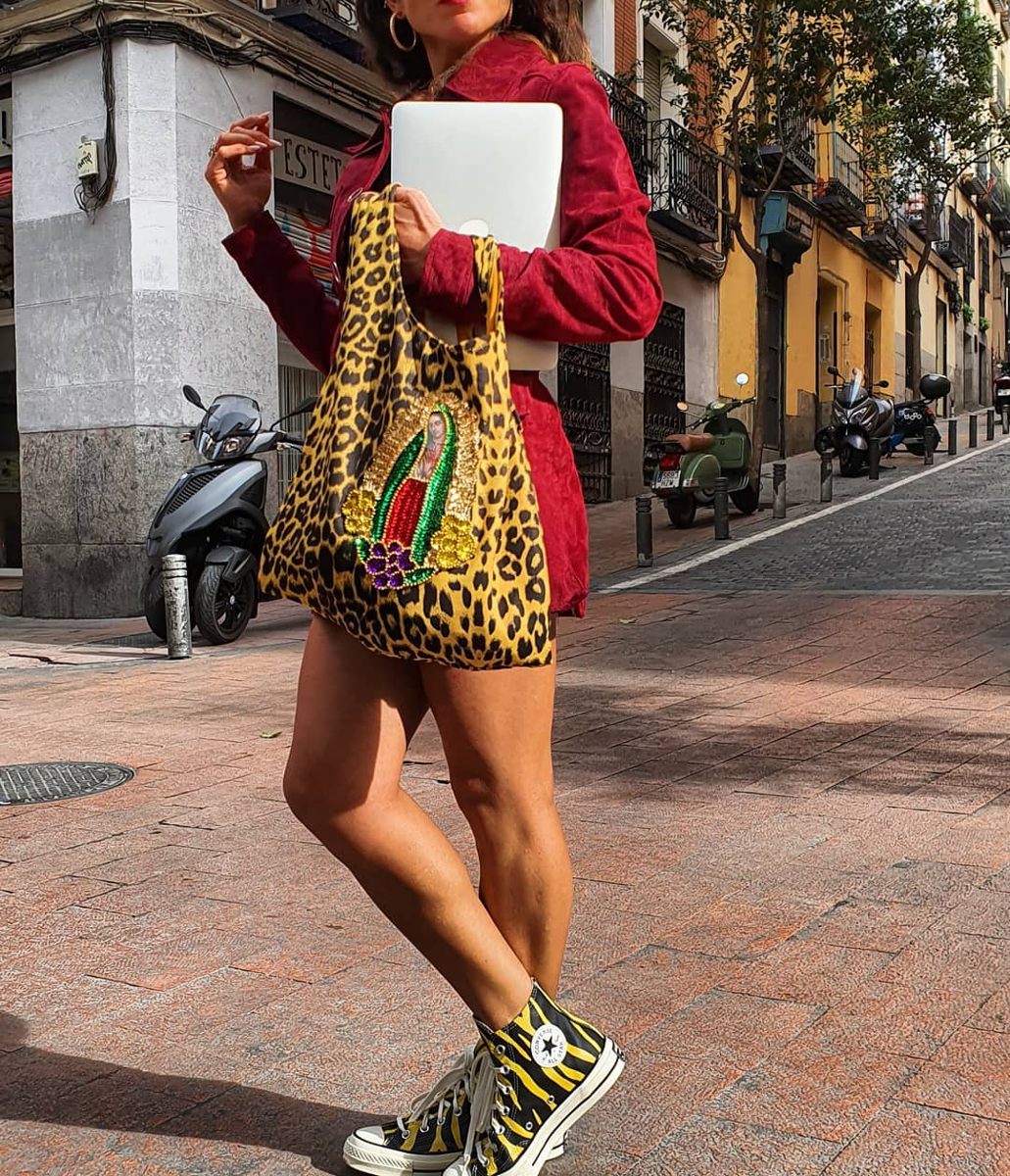
I don’t want to go so far as to call it “religious appropriation” (in reference to the term “cultural appropriation” that has resonated so much in recent months in the world of fashion), but there is certainly a merely lucrative use, external to faith, that can become excessive and even disrespectful.
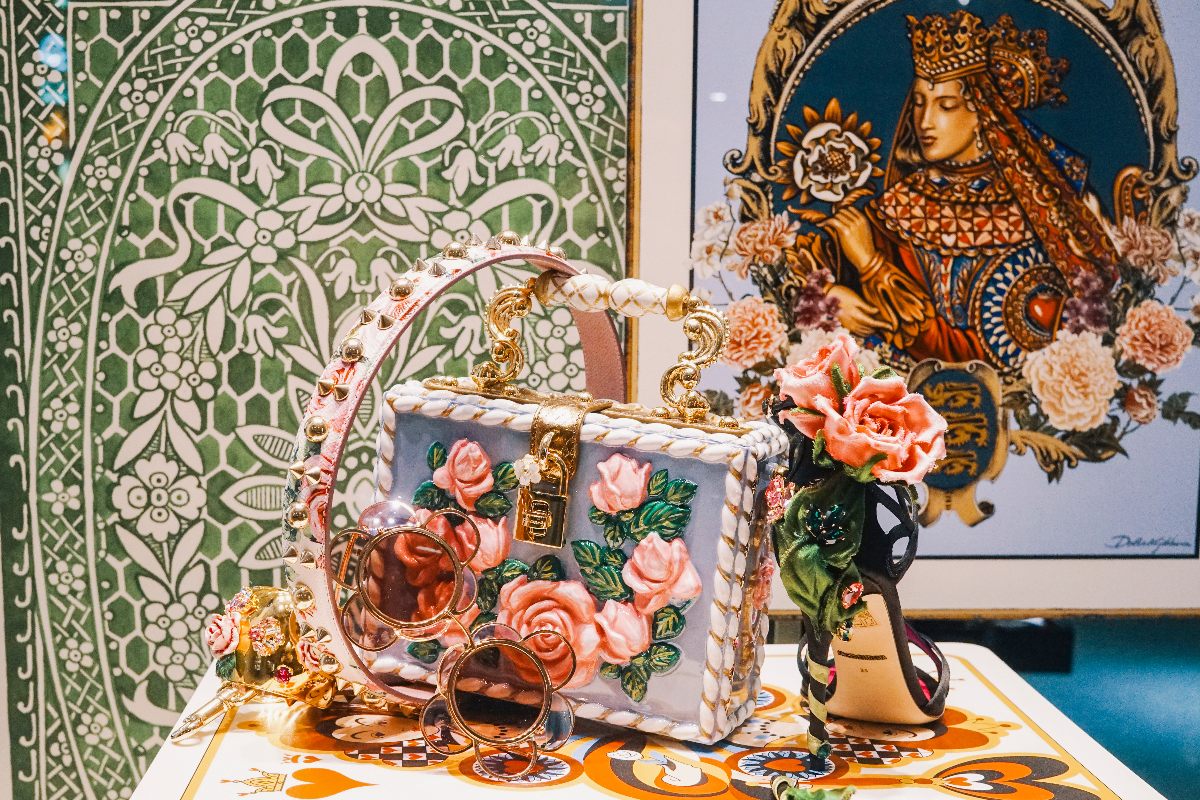
Of course, there are those who disagree with this opinion. It’s understandable that those who have a devotion to Our Lady might want to wear her image on their clothing. Particularly in Mexico, the use of the Virgin of Guadalupe in accessories and fashion pieces is often taken by consumers as a way of showing pride in their patroness. For example, there’s a brand called Hija de tu Madre (Daughter of your Mother), which sells jean jackets with the Virgin Mary in sequins.
Its founder, Patty Delgado, has a degree in Religious Studies from UCLA, and said in an interview with LatinaMoms: “Latinos have a strong desire to represent their culture in their clothing. They feel connected to my designs because they are like a strong declaration of our identity.”
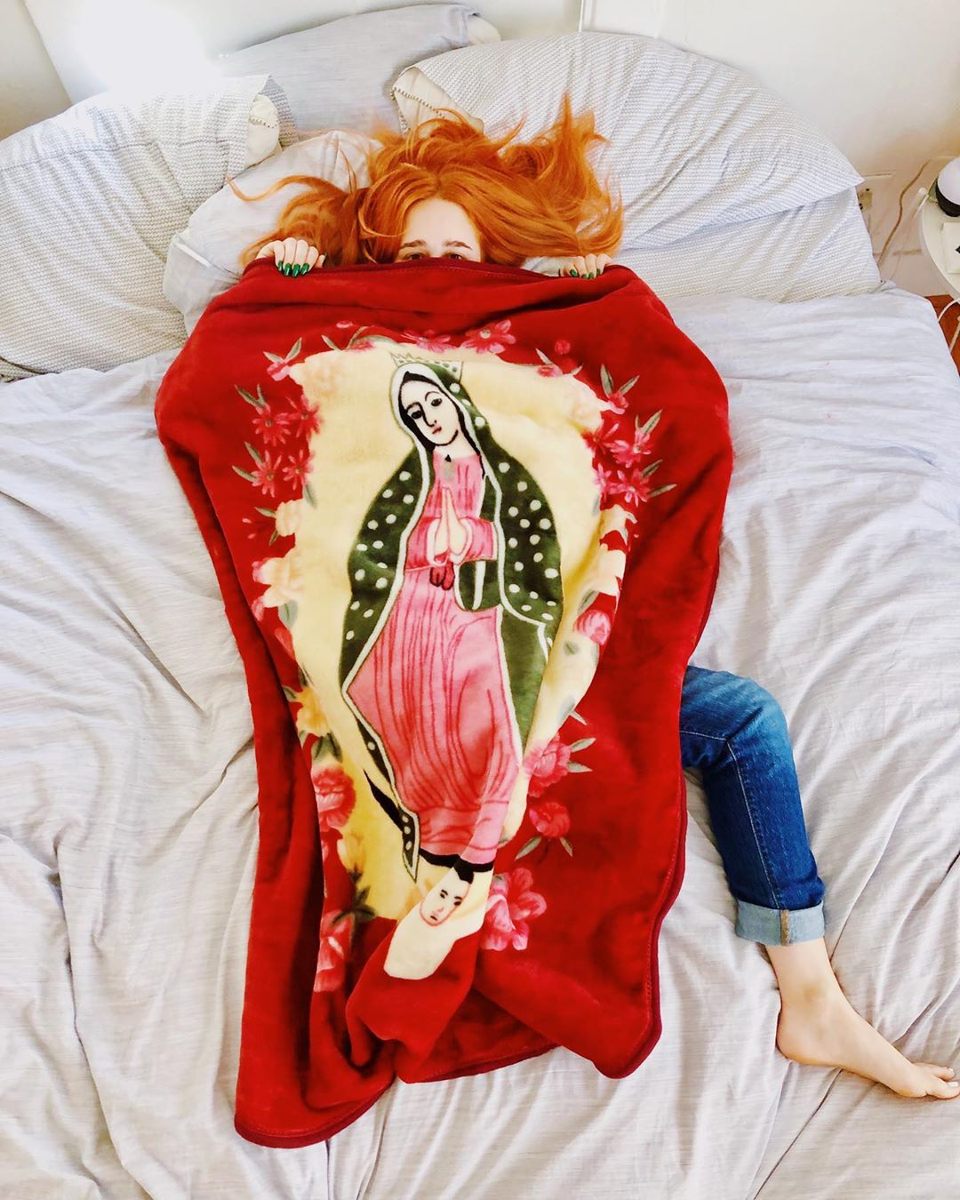
There’s no doubt that religion, especially Catholicism, and in particular devotion to the Virgin Mary (who has remained an exemplary figure throughout the centuries, even for non-believers), has influenced fashion. That’s why in 2018 the Metropolitan Museum of New York offered a whole exhibition of Catholic-inspired fashion (which was controversial at the time), with the approval of the Vatican.
Perhaps the problem isn’t what images are used; there do exist designers who use spiritual images in a dignified and reverent way. The problem, rather, is how the images are used and for what purpose. For example, it’s not the same to wear a pearl necklace with a medal of the Virgin to go out to eat with friends or family, as it is to go out clubbing in a sequined mini-dress with her image.
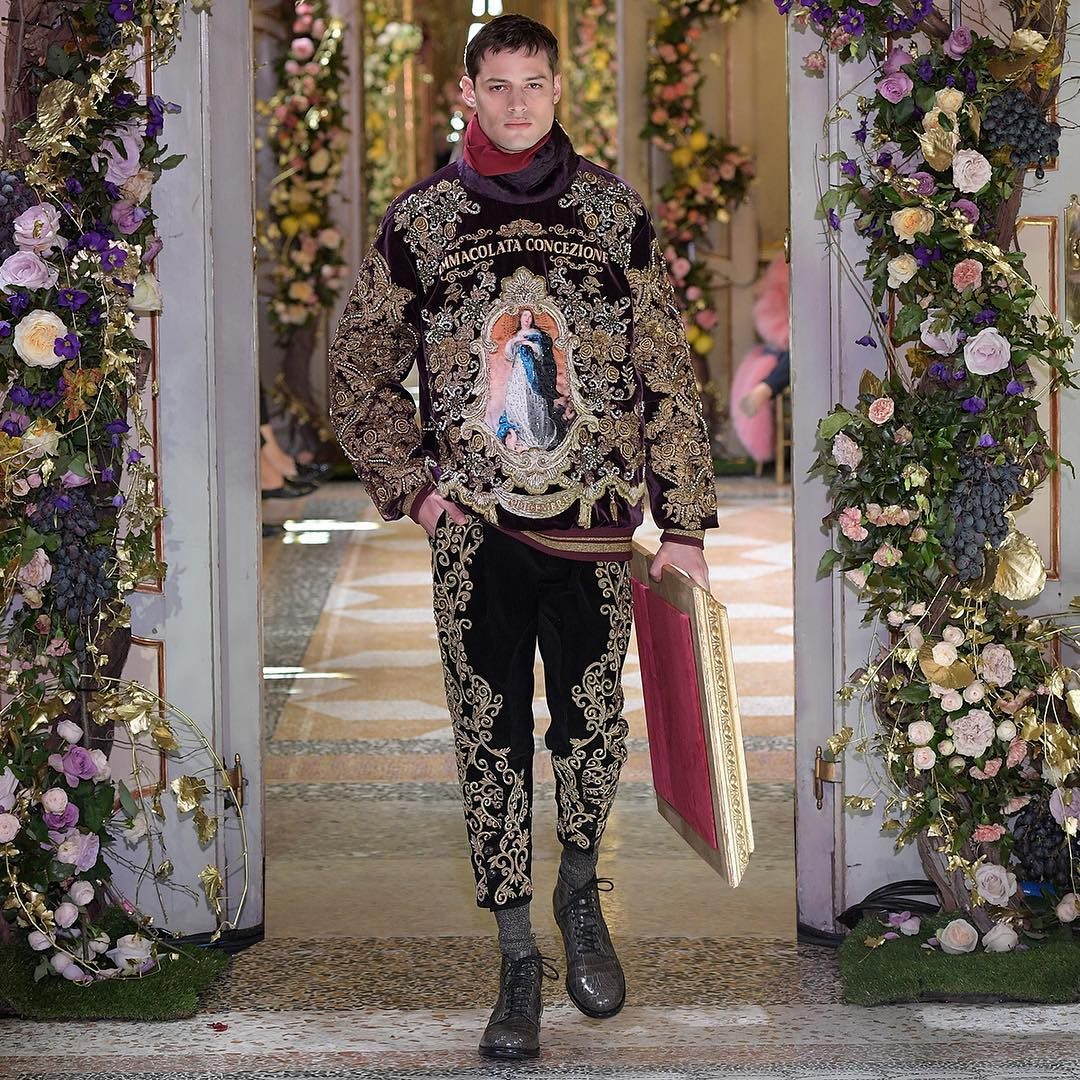
Of course, it’s a beautiful thing to consider that the Virgin Mary is still such an important figure in today’s world. But when it comes to certain fashion items, I do think it would be wise to ask whether the product is alien to the faith or not. Customers can examine the values of the brand, and analyze whether it has a devotional or merely commercial purpose.
At the design level, we should consider whether or not these images are used respectfully. Above all, we should keep in mind that religion is not a seasonal trend: It’s a lifestyle, or rather a life, that is eternal.
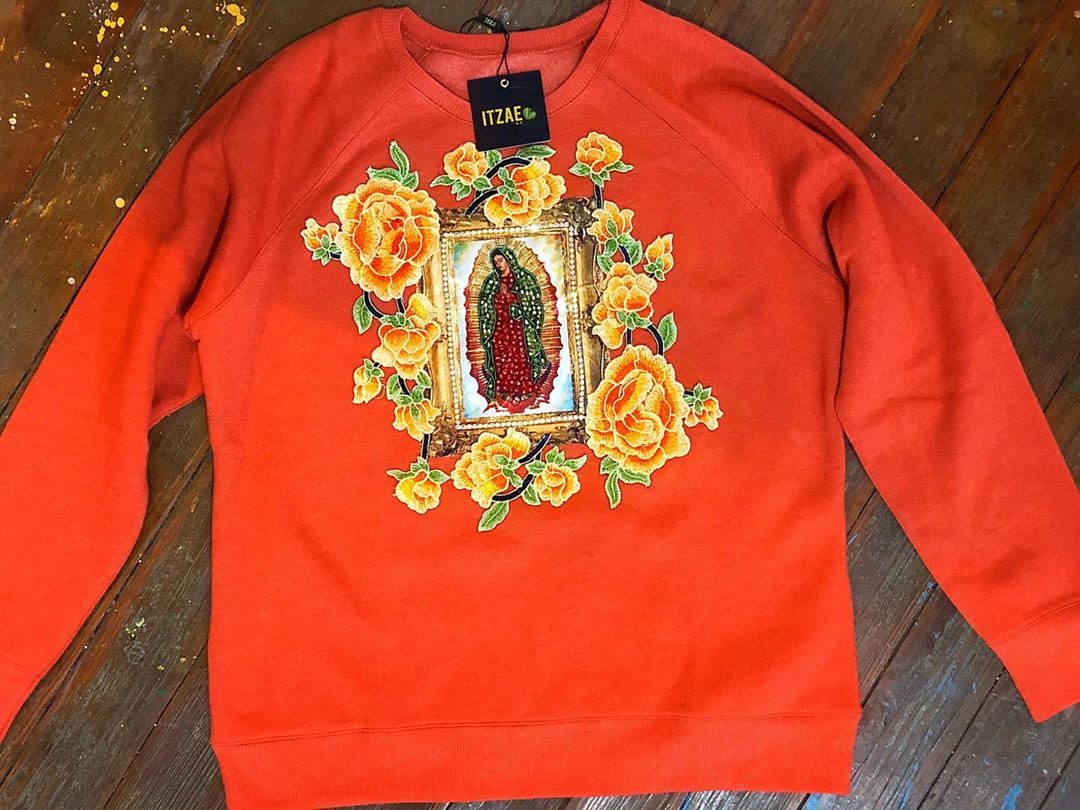

Read more:
4 Famous designers share what makes a woman elegant
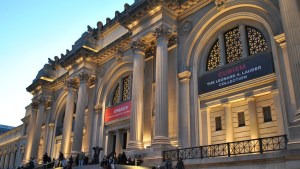
Read more:
10 Best “Catholic designs” on the red carpet at this year’s Met Gala

